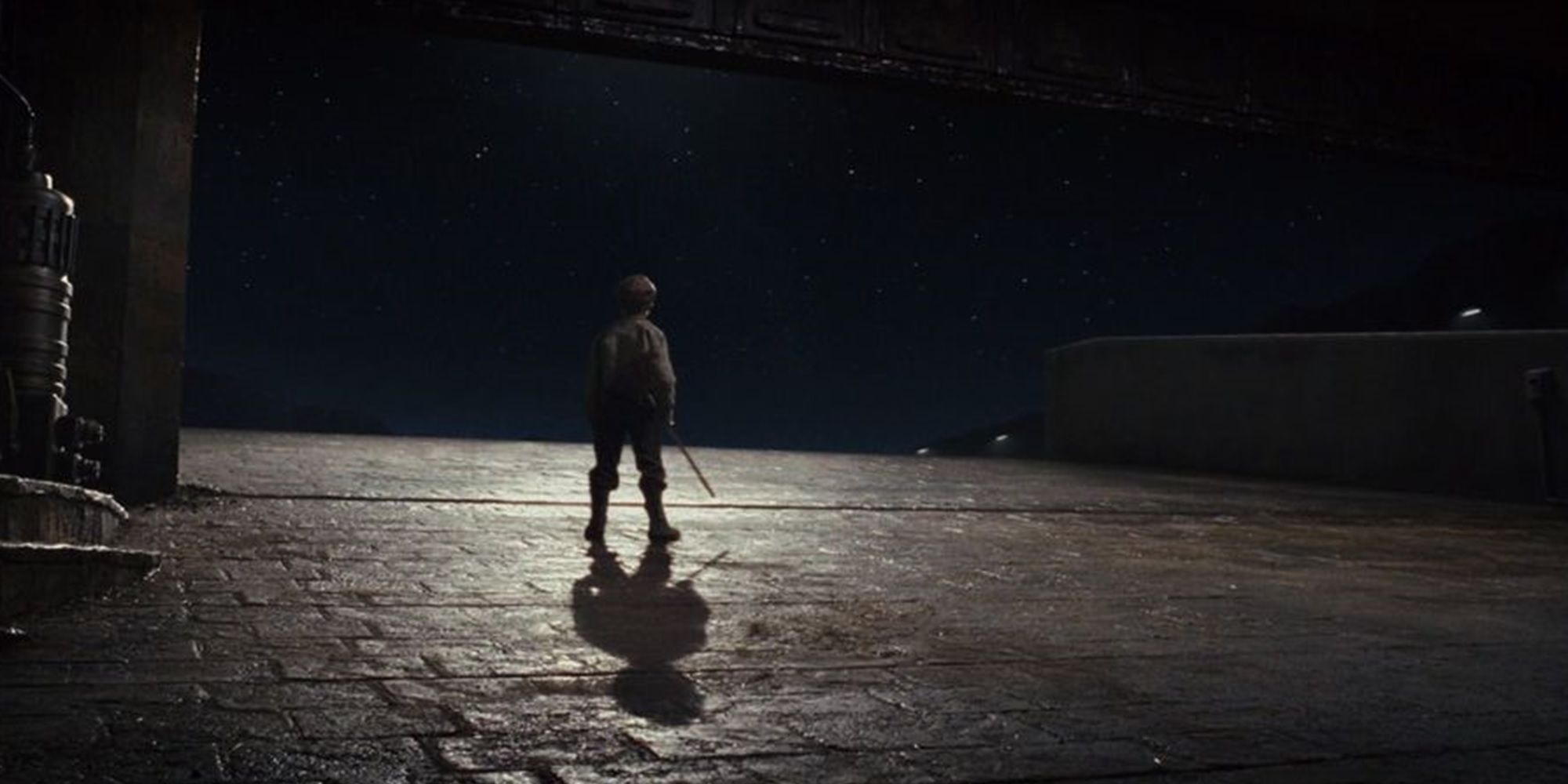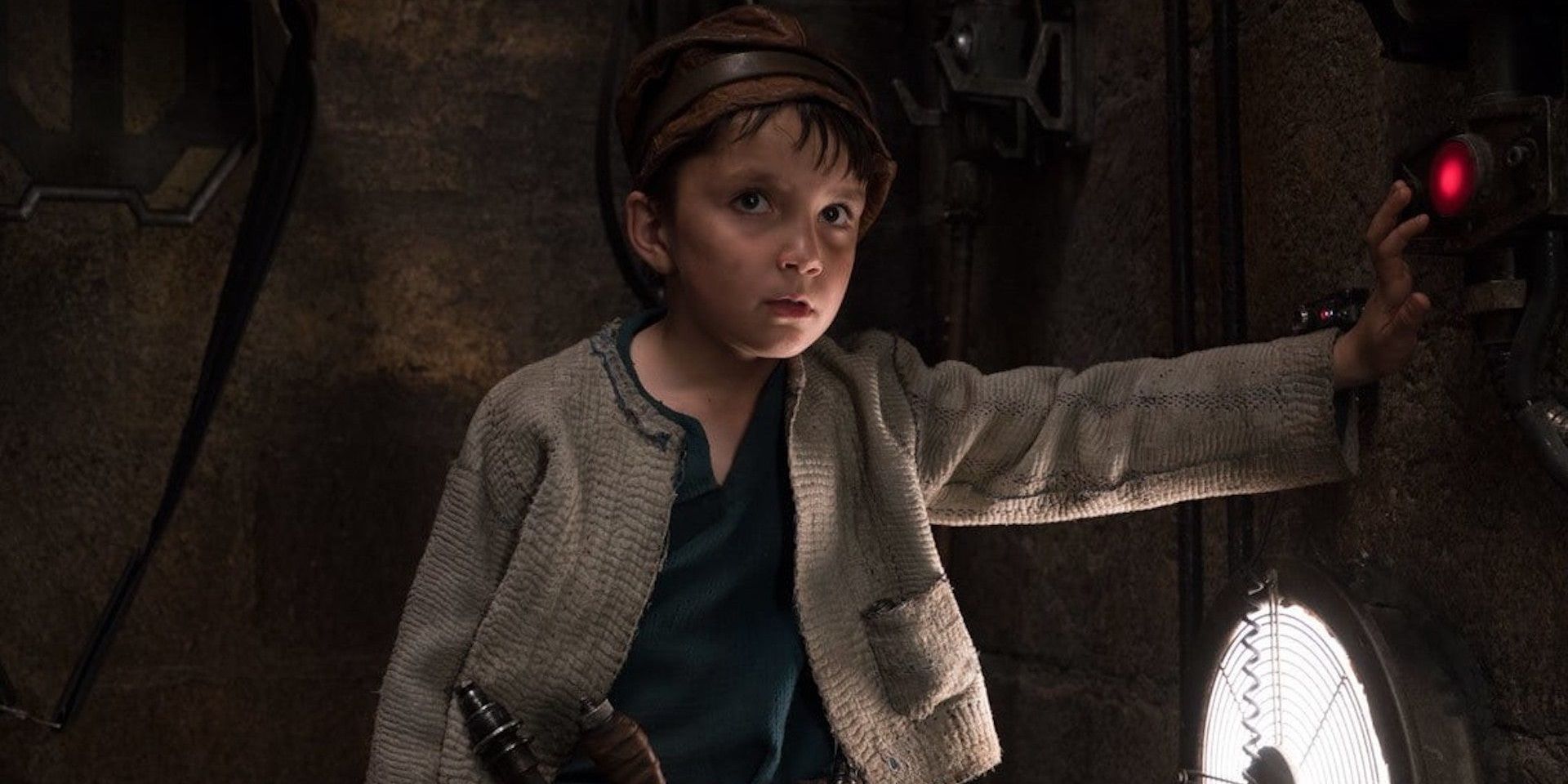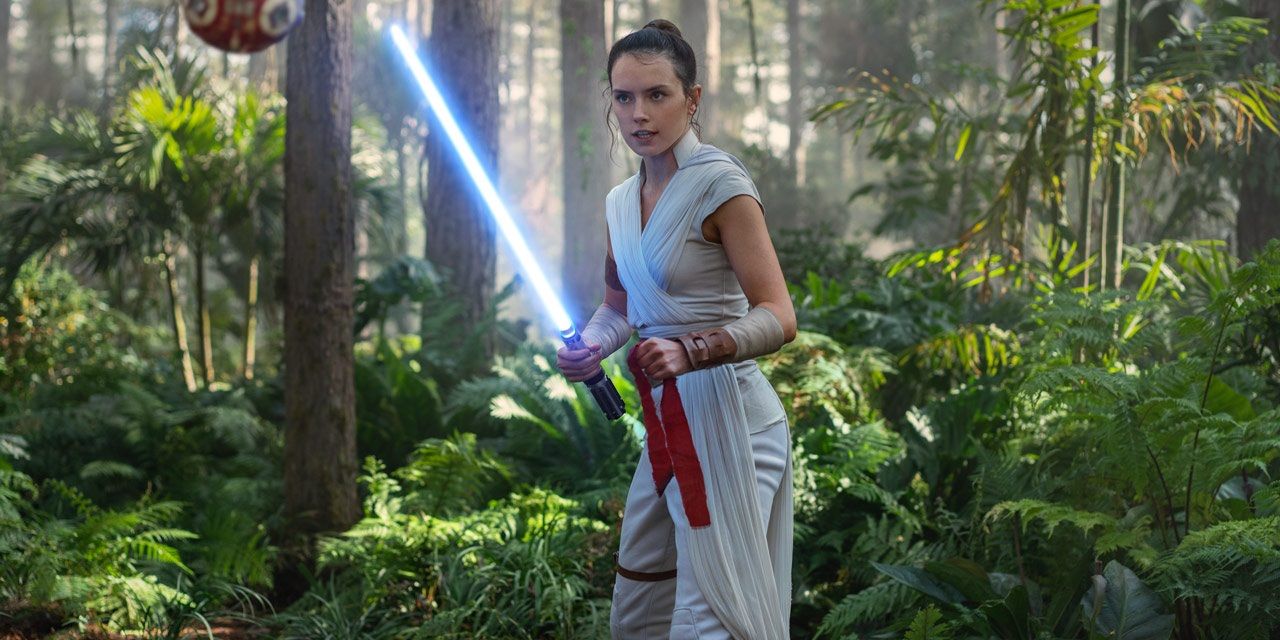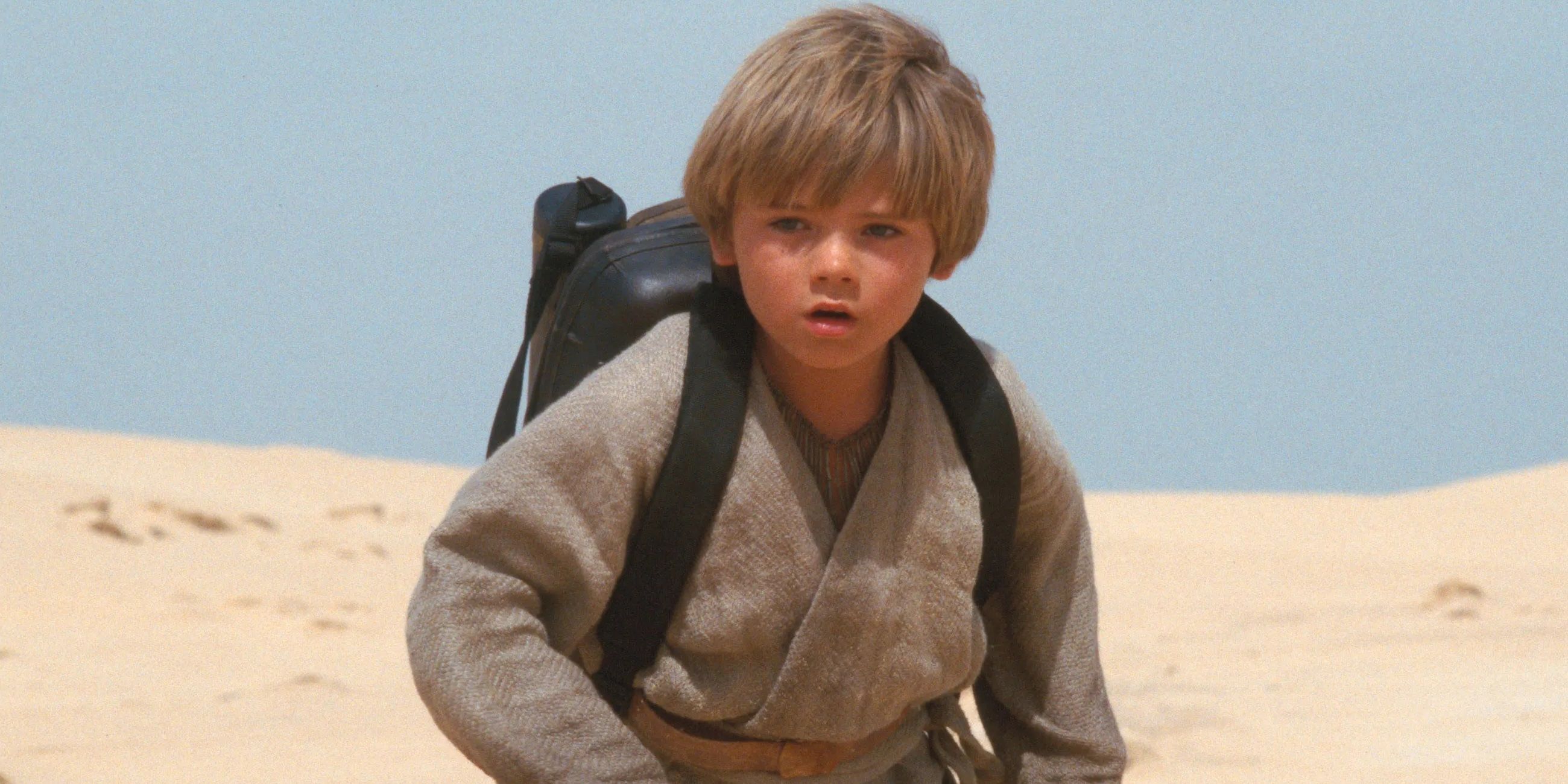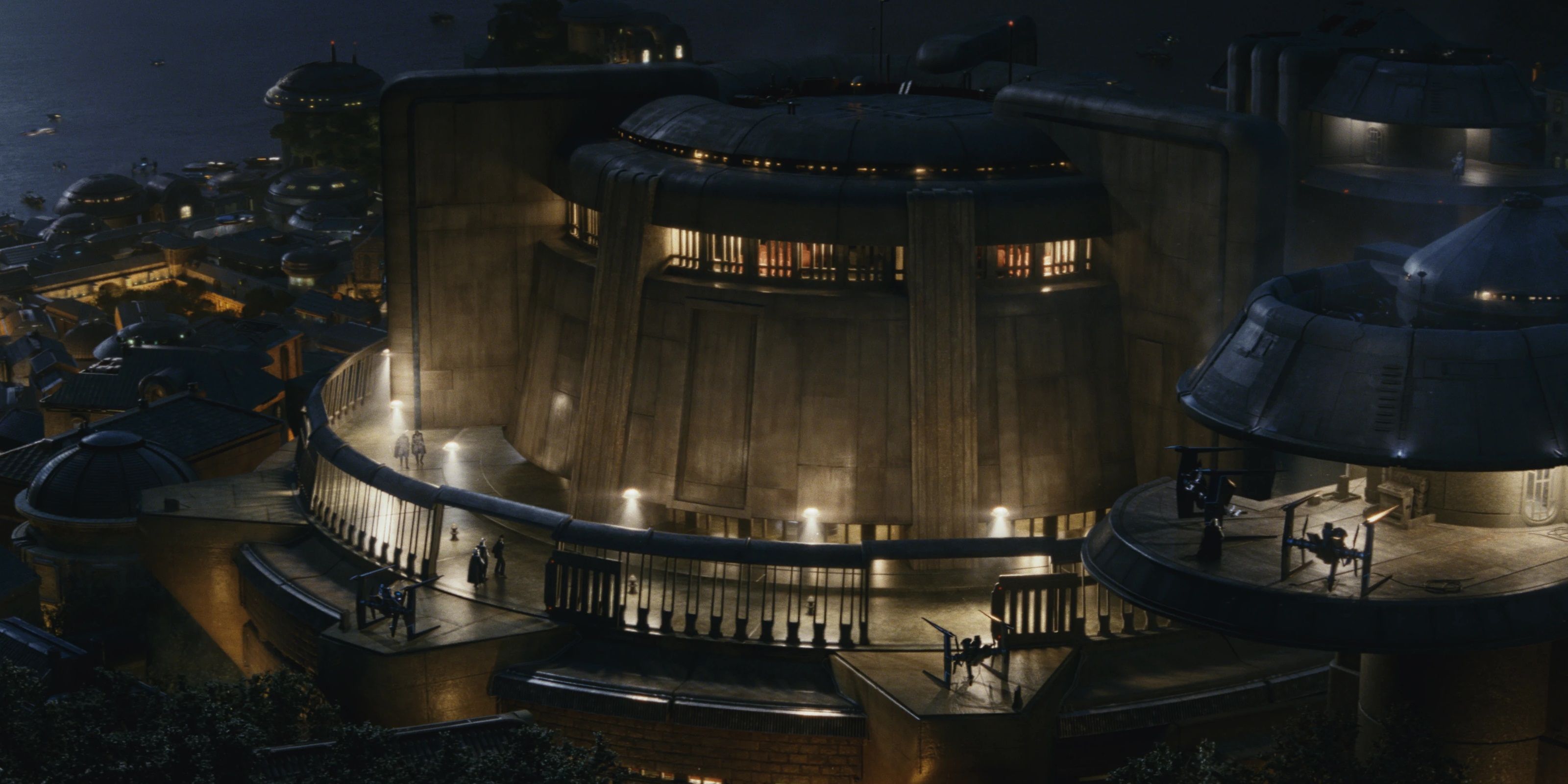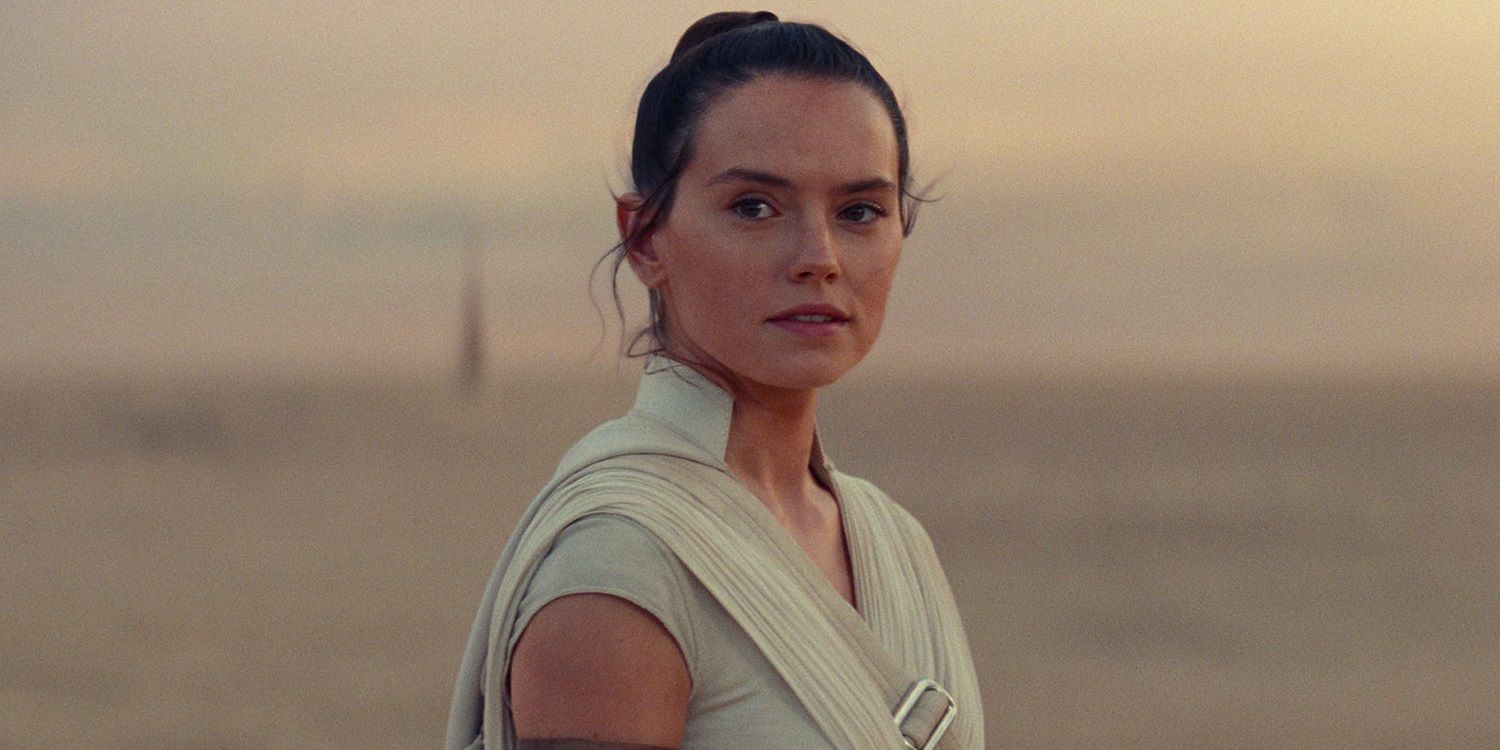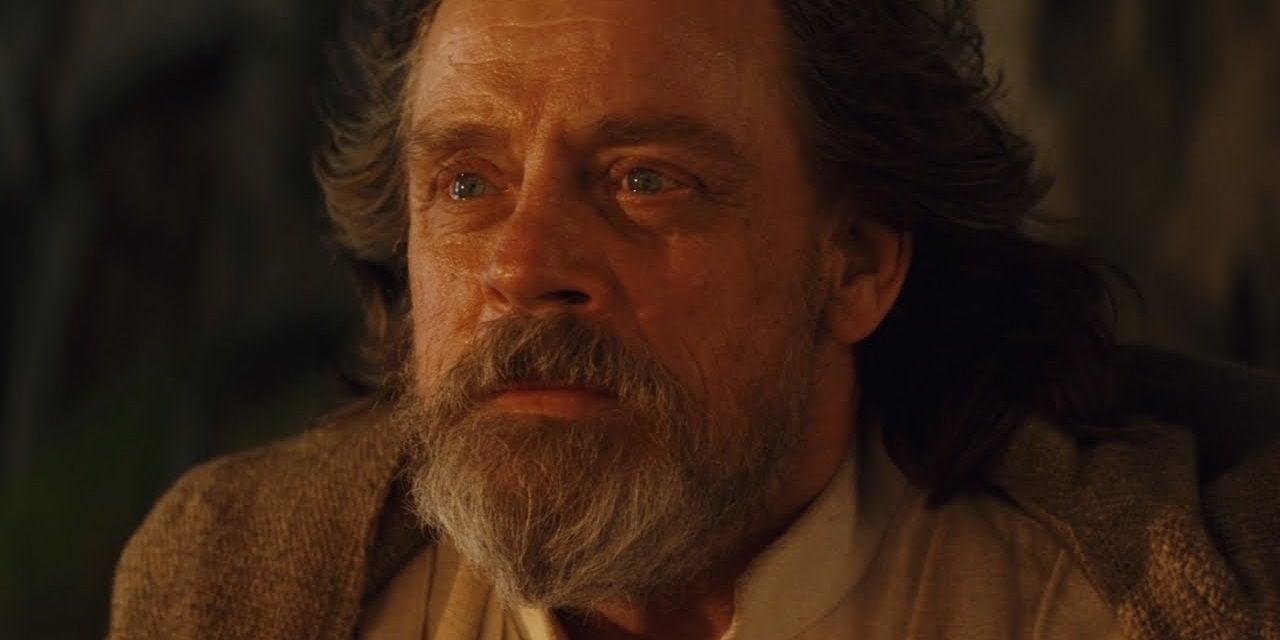A lot of Rian Johnson’s creative choices in Star Wars: The Last Jedi were polarizing, to say the least. Unnecessary subplots like DJ’s predictable betrayal drag out the runtime and some plot points simply don’t make sense, like why Vice Admiral Holdo doesn’t just tell the Resistance survivors about her plan instead of leading them to believe they’re going to die. To top it all off, Johnson’s characterization of Luke Skywalker as a bitter, aging hermit who’s long since given up hope rubbed a lot of Star Wars fans the wrong way – including Mark Hamill himself.
But one thing Johnson got absolutely right was the hopeful tone of the ending. Even in The Empire Strikes Back, widely regarded to be the darkest Star Wars movie, George Lucas ended on an optimistic note. Han is frozen in carbonite, Luke loses a hand and learns that Vader is his father, and the Empire emerges stronger than ever. But in the movie’s final scene, Luke, Leia, and the droids gaze out into space with the same inspiring sense of hope that defines the saga.
In The Last Jedi, after the remaining scraps of the Resistance are backed into salt mines and Luke makes the ultimate sacrifice just to allow them to escape the might of the First Order, Johnson ends the movie on his own hope-amidst-hardship moment. He returns to the stables of Canto Bight, the movie’s cosmic metaphor for the class divide, where some enslaved children are sharing the Skywalker myth. One of the kids wanders off, uses the Force to pick up a broom, and stares up at the vastness of outer space, dreaming of a more exciting life – just like Luke himself did when he worked on his aunt and uncle’s moisture farm.
This unnamed Force-sensitive kid, dubbed “Broom Boy,” told audiences that Luke, or even Rey, would not be “the last Jedi” after all, and that there was still a chance for the Jedi to rise up and restore peace in the galaxy once and for all. This was the perfect sequel setup for the final chapter of the Skywalker saga. The concluding installment of the Star Wars epic should’ve been the ultimate showdown between good and evil, and a story that reinforces all the values that Lucas laid out in his initial pair of trilogies.
“Broom Boy” provided the ideal jumping-off point for such a story, setting up a new generation of Jedi for the next movie to introduce, but J.J. Abrams’ The Rise of Skywalker completely ignored this setup. Instead of building on the bold ideas introduced by Johnson in The Last Jedi, Abrams aimed for a crowd-pleasing middle ground that ended up pleasing no one.
After the mixed response to The Last Jedi, it’s understandable that Abrams would want to distance Episode IX from some of its more daring concepts. For example, recharacterizing Luke as a bright-eyed optimist in Force ghost form helped to undo some of The Last Jedi’s more egregious character work. But there are some elements of The Last Jedi that Abrams shouldn’t have ignored. Rose Tico should’ve been given a much larger role. She was introduced as a refreshingly relatable everywoman in The Last Jedi, played passionately by Kelly Marie Tran, but she was reduced to a minute-long background role in The Rise of Skywalker to appease a few despicable trolls.
When Abrams took over Episode IX, the original director Colin Trevorrow had been fired due to creative differences, and Abrams was expected to rewrite the script from scratch for the same release date. This daunting task would’ve been slightly less daunting if Abrams had just used the writing prompt provided by Johnson at the end of The Last Jedi.
Beginning Episode IX with Broom Boy on Canto Bight would mirror the disconnected opening of the 1977 original movie. Lucas’ original movie plunged audiences into the barren wastelands of Tatooine with R2-D2 and C-3PO for the majority of its first act before introducing Luke. Rey arriving to bring Broom Boy to her growing Jedi academy would’ve paralleled Qui-Gon bringing Anakin back to Coruscant in The Phantom Menace. Instead, The Rise of Skywalker completely ignored this final scene and never even featured Broom Boy.
One of the main criticisms of the Skywalker story is that the Skywalkers are established as a special bloodline. The notion of a humble farm boy rising from obscurity to become the savior of the galaxy is marred by the “chosen one” aspect of the narrative. “Broom Boy” seemed like a direct response to this criticism, telling audiences that anyone can be a hero, no matter what their background is, but The Rise of Skywalker failed to acknowledge it. To really hammer this idea home, Johnson revealed Rey to be the offspring of “nobodies” – once again, the idea is that anybody can rise up and be a hero – but that’s another thing from The Last Jedi that The Rise of Skywalker ignored, as it retconned her to be Emperor Palpatine’s granddaughter.
One of Abrams’ strongest creative decisions with The Rise of Skywalker was using a time jump between Episodes VIII and IX. This technique was used to patch up some of the missteps of the trilogy’s unplanned storytelling. Since the previous two movies had failed to unite the central trio on-screen, the time jump allowed Episode IX to skip over that and have Rey, Finn, and Poe as close friends from the offset. Opening with Rey recruiting Broom Boy would’ve been a great way to introduce this time jump. Showing the effects of the now-prosperous Resistance’s operations on the galaxy through the conditions on Canto Bight could’ve bolstered the sequel trilogy’s generally weak worldbuilding.
If anything, the absence of Broom Boy in The Rise of Skywalker highlights the problem with switching hands between different directors. After the sequel trilogy was finished and the gift of hindsight presented itself, it became obvious that Lucasfilm should’ve hired one filmmaker to spearhead the trilogy with a singular vision. Instead, Kathleen Kennedy hired a different director for each movie, none of them conferred with each other, and when she fired the director of the third one, she replaced him with the director of the first one. Naturally, this behind-the-scenes mess resulted in a messy vision.
It didn’t help that Abrams and Johnson’s visions of the Star Wars mythos happened to be diametrically opposed: Abrams’ Star Wars is an exercise in nostalgia and embracing the past, whereas Johnson’s Star Wars is an exercise in deconstruction and letting go of the past. But the great thing about the Broom Boy ending is that it’s the perfect intersection of Abrams and Johnson’s Star Wars. Broom Boy is inspired by the myths of the past, which is right up Abrams’ alley, and he represents the saga’s bright future, which is right up Johnson’s alley.
There are many things that The Rise of Skywalker should’ve done differently. Beginning its life under a completely different director and ending its life as a hodgepodge of corporate compromise, The Rise of Skywalker is an incoherent mess. The finale of the Star Wars saga should’ve been the movie event of the century, but it ended up being the final nail in the sequel trilogy’s coffin.
Including Broom Boy wouldn’t magically make The Rise of Skywalker a great Star Wars movie. But if Abrams used Johnson’s final scene as a springboard into his own story, he could’ve avoided nonsensical MacGuffin-driven plot points like an ancient Sith dagger’s markings lining up perfectly with the submerged wreckage of the second Death Star.

